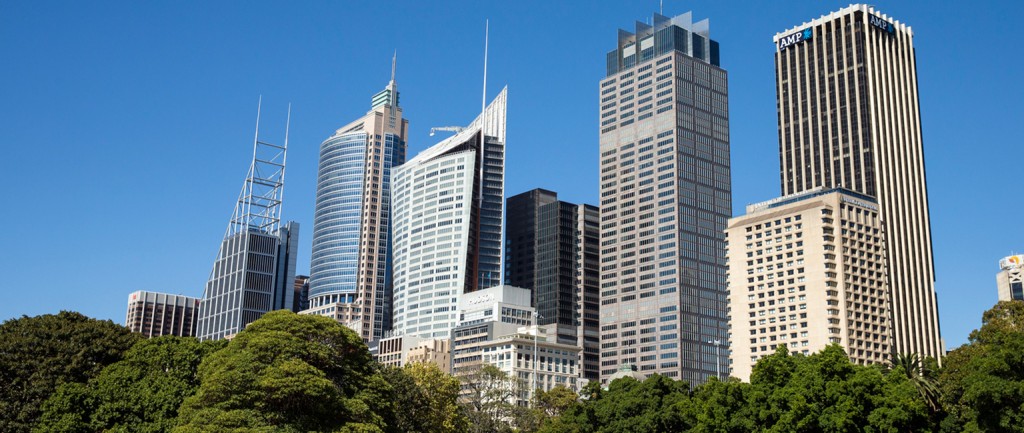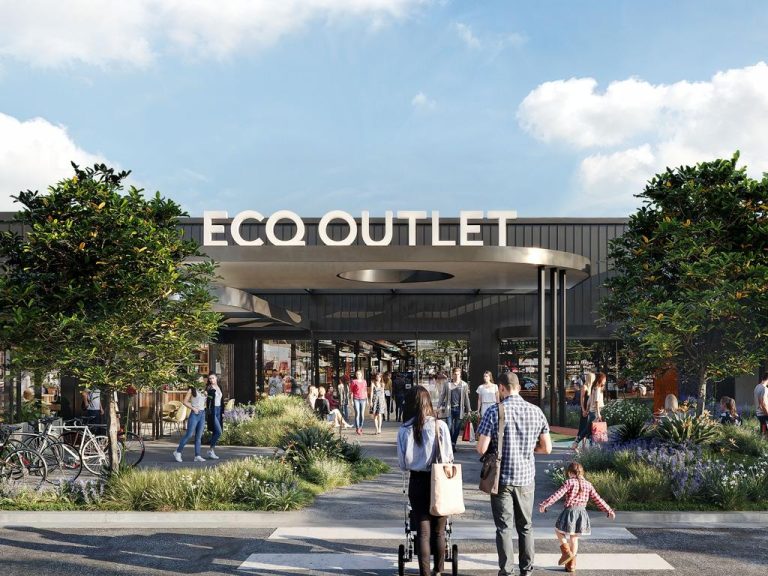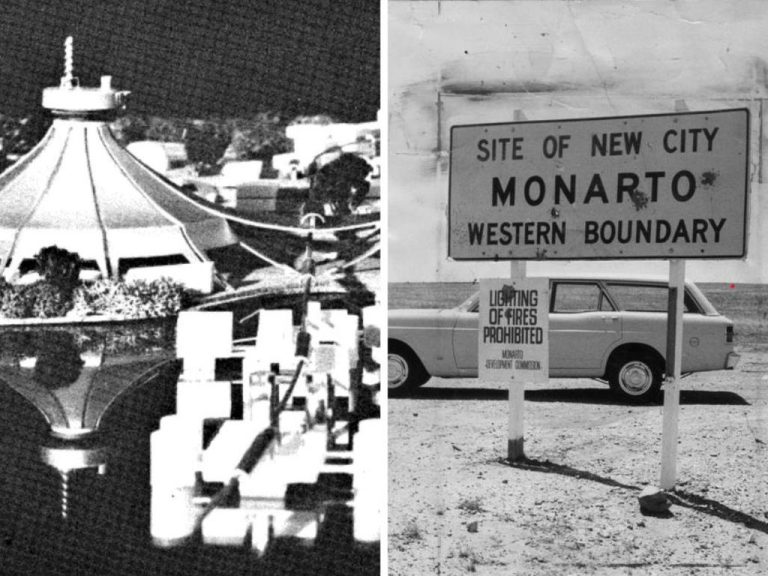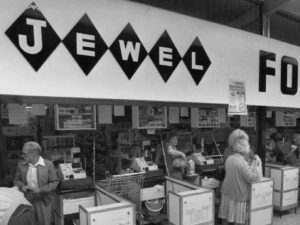Outlook bright for commercial property

For property buyers unsure where to find the safest port in a storm, commercial property experts predict that offices, retail and industrial land could be the best places to ride out the rest of 2015.
With Australia’s residential property market showing no signs of slowing, real estate researchers and advisors are tipping big things for the commercial market, which they say will continue to attract strong growth and yields in the new financial year.
Amid global uncertainty and the white-hot residential market, their forecasts include encouraging news for everyone – buyers, sellers and renters – in the latter half of 2015 and into next year, provided you pick your moment and know where to look.
International impact
With the United States sitting on potential interest rate rises later this year, China’s economy slowing slowing and Greece’s dire predicament continuing to create doubt at every turn in Europe, Savills’ national head of research Tony Crabb says Australian commercial buyers and investors are well placed to strike.
“We haven’t seen as much foreign capital in the market in recent times. There’s a number of aspects to that: the slowdown in China, the uncertainty over interest rates in the United States and the uncertainty over Greece in Europe probably playing on international investors’ minds,” he says.
It’s still a very, very strong market out there. There are certainly far and away more buyers than sellers, so pricing in the market remains very firm
“The odds are on a September increase in interest rates in the United States and the Greece issue has to play itself out over the next four weeks. Investors will then get a little more clarity and we may see more activity from them in the second half of the year.”
Crabb says that means that, for now, there is less competition for Australians looking to buy commercial property, though prices are expected to remain high.
“That’s not to say there won’t be competition, just a little less,” he explains. “It might take a bit of heat out of the market. It’s still a very, very strong market out there. There are certainly far and away more buyers than sellers, so pricing in the market remains very firm.”

Rental yields are expected to improve for commercial landlords
An interest in offices
It’s no secret that Australia’s low interest rates have sent rental yields into a downward cycle.
But CBRE senior research analyst Alexander Tan says in his June assessment of office values that if interest rates begin to rise again next year, commercial buyers can expect their rental returns to flatten out or potentially begin to improve.
“CBRE Research expects interest rates to start rising at the end of 2016,” Tan says. “As interest rates rise off the back of a stronger economy, declining risk premiums should provide some offset to rising interest rates, leading to a stabilisation of … prime office yields in the near term.”
Crabb agrees, saying office buyers could be in for a double reward in both rental returns and building values, particularly in Australia’s two biggest cities.
Adelaide offers particularly good value as well. I’d put a watch on Perth and Brisbane because at some point in time they’ll hit a bottom and they’ll be very good value.
“The office leasing market is certainly picking up in Melbourne and Sydney, but there’s still a bit of weakness in Perth and Brisbane as the mining investment boom continues to work its way out,” he says.
“Sydney, in particular, we’d expect to see some very strong turnarounds there in the second half of the year. You start to get an increase in revenue and that’ll flow through to building values as well. We’d expect that to accelerate in the second half of the year in Sydney, and Melbourne ought to get dragged along behind that.”
Crabb identifies Melbourne and Sydney as the prime places for purchasing real estate in the current climate, while Perth and Brisbane are on the back side of a boom and are expected to shed further value.
“Adelaide offers particularly good value as well. I’d put a watch on Perth and Brisbane because at some point in time they’ll hit a bottom and they’ll be very good value. They’re on the way down,” he says. “It’ll be 18 months to two years before Perth and Brisbane hit bottom.”

Despite competition from online stores, there is still good value in buying retail properties
The retail question
While property industry experts continue to see value in bricks and mortar retail assets despite heavy competition from online stores, they also advise being selective in where retailers look to buy and rent.
JLL associate director of strategic research Andrew Quillfeldt says that while buyer demand for retail properties remains high, rental yields have been falling over the past 15 months and will continue to dip throughout the rest of this year.
“JLL has recorded approximately 0.45% tightening in the average retail yield over the 12 months to March,” Quillfeldt says.
“Our expectation is that there will be a further compression over the remainder of 2015 as a result of strong competition for assets, less supply of quality retail assets available for purchase, and the low cost of debt.”
Well-located retail in areas where the population is growing ought to do really well
So it’s a tenant’s market? That depends on whom you ask. CBRE predicted earlier this year that tenants would be among the big winners in 2015, with commercial vacancy rates to “hover at above average levels” and favour tenants, particular in Sydney, Melbourne and Brisbane.
But Crabb says there is evidence that the winds have changed, which could be confirmed when new vacancy figures are revealed in the coming months.
“Vacancy rates will be released in early August and what we would expect to see is a fall in the vacancy rates in Melbourne and Sydney in particular,” he says. “That would just confirm the ongoing turnaround in the fortunes of those markets.”
Crabb notes that there are certain growth areas in each capital city that are ripe for retail property buyers.
“Retail has always been a favourite amongst investors, and that goes for mum and dad investors buying shops in the high street, all the way through to institutions buying thumping great shopping centres,” he says, adding that areas earmarked for residential development and growth will provide the most opportunities for businesses and buyers to find a successful and unique location.
“There’s going to be some ongoing work and evolution in retail. Nevertheless, well-located retail in areas where the population is growing ought to do really well. We would look for retail in areas where the planning allows more people to live, where you can’t build more retail but you can build more residential.”

Buying the right commercial property could present great value
The only way is up
Knowing the perfect moment to buy or sell any kind of property is practically an art form in itself and Crabb says the current market offers a little bit for everyone.
Sell the right property now and there could be an opportunity to cash in, but eagle-eyed buyers can also grab properties at prices that will only go north from here.
“We think it still offers particularly good value (to buy),” Crabb says. “We still haven’t got back to the levels we were at in 2006. We’re still a long way off that. While there’s very good prices, it’s certainly by no means ‘boom time’. There’s still good fundamental reasons to purchase in the market at these levels.”
Extracting a good rental income out of a commercial property can be a challenge, but an achievable one, though Crabb says yields in some sectors may slip further before eventually delivering more for landlords.
“The yields are still 150 basis points (1.5%) away from where they got to last time round (in 2006),” he says. “The income in the buildings is still not as strong as it could be. We feel there’s still quite a bit to go before this cycle plays itself out. We still think it’s got a number of years to run.”







